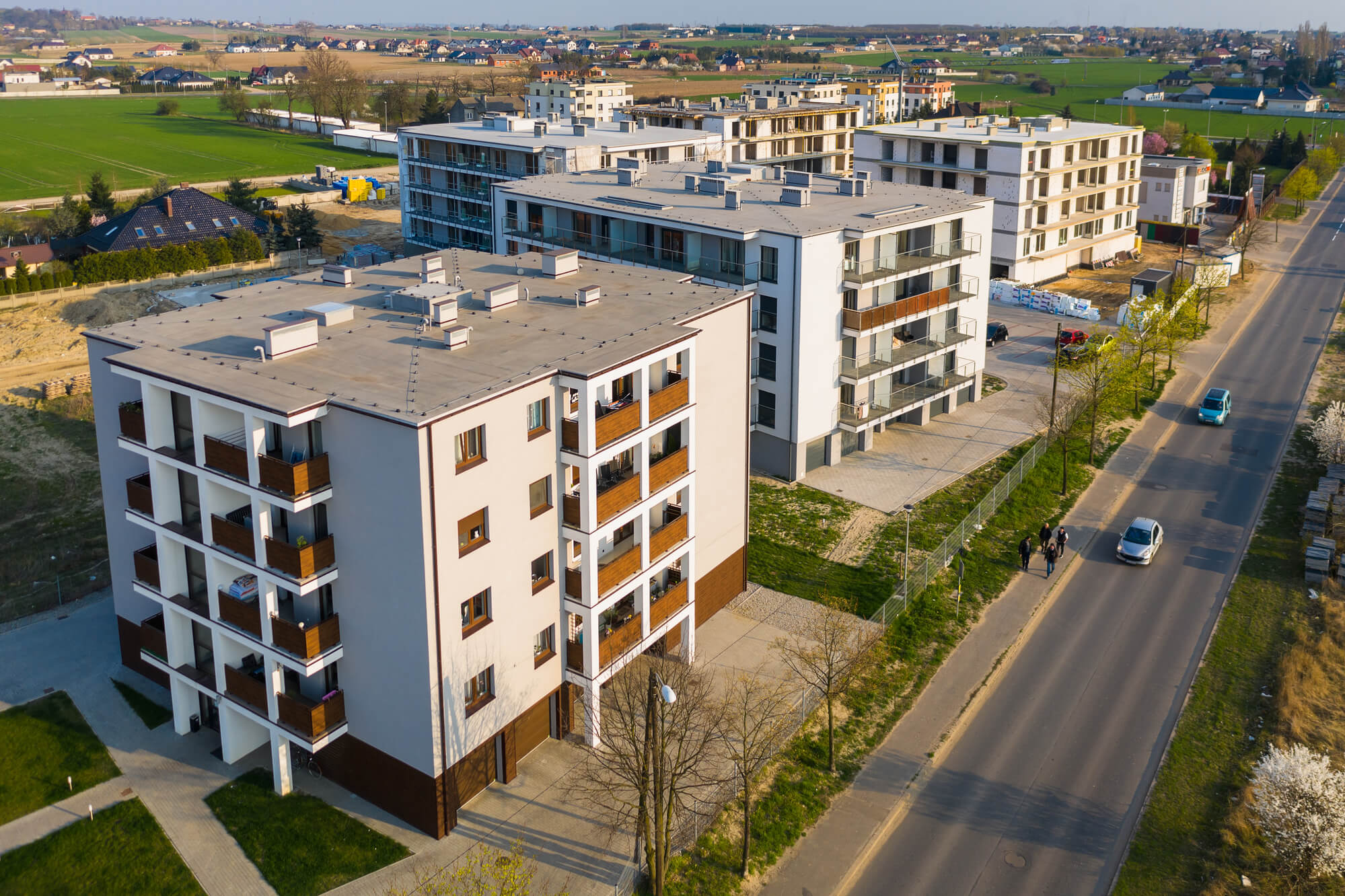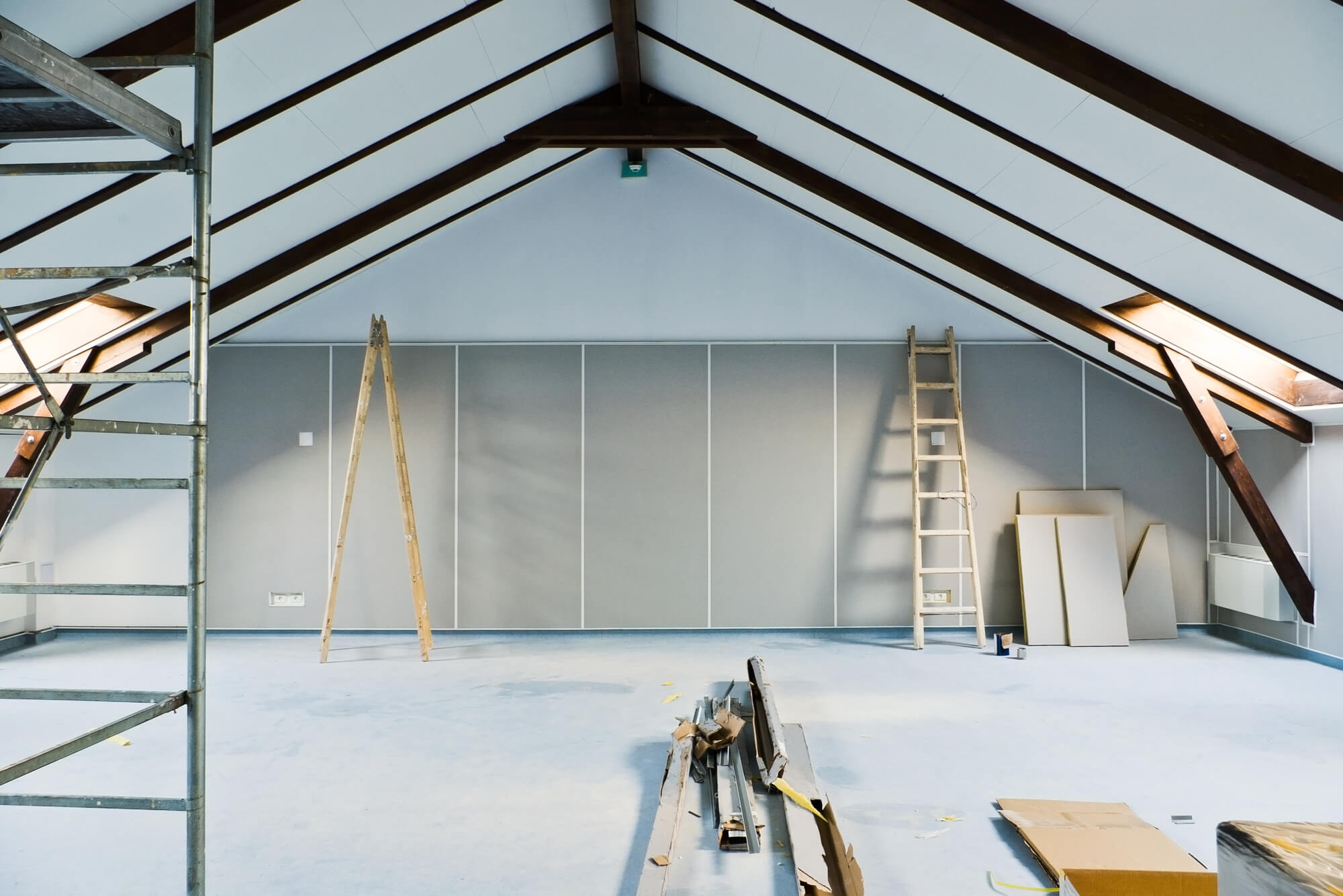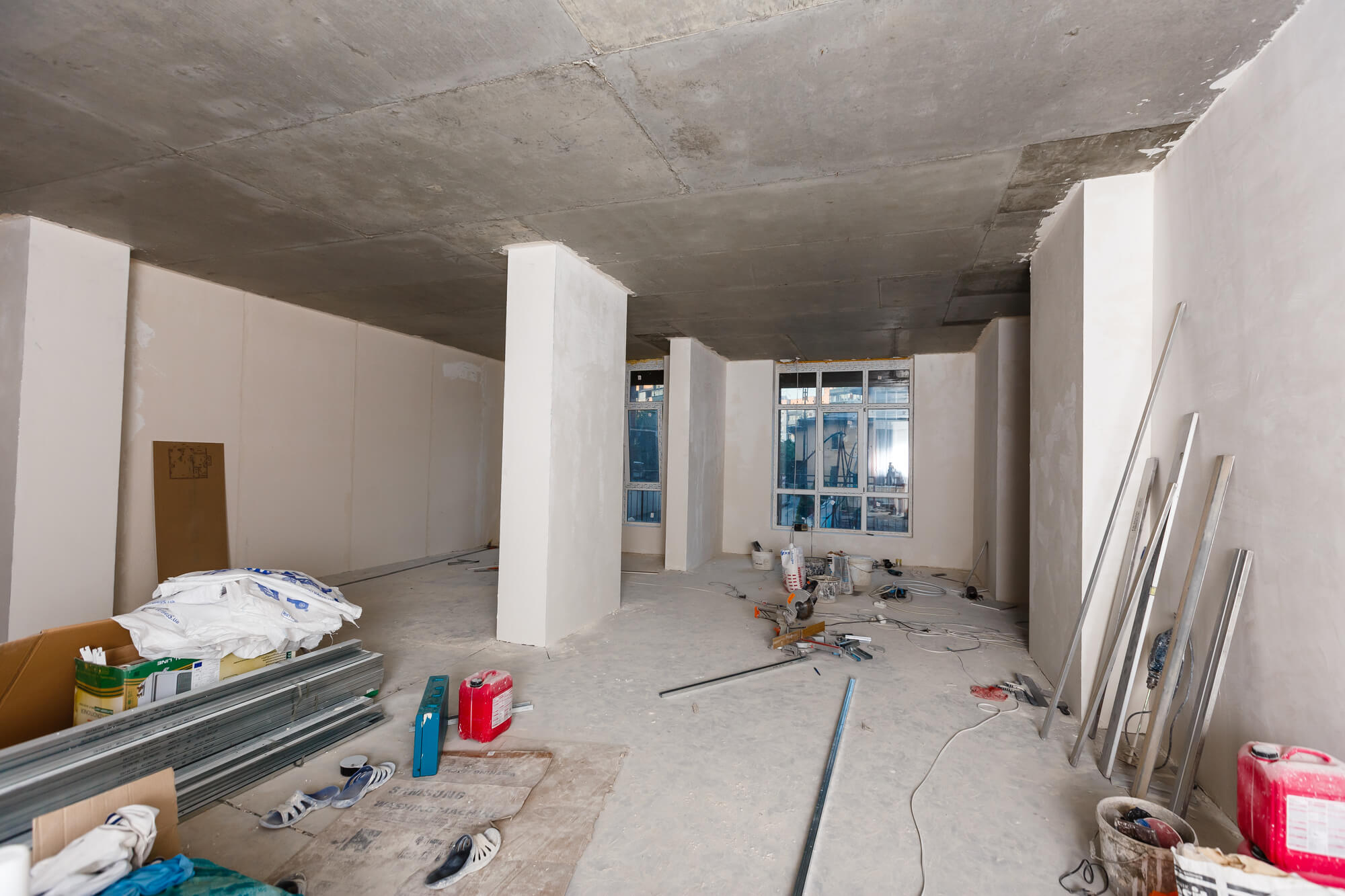June 30, 2024
Beyond Aesthetics: Combining Design and Functionality in Commercial Roofing
Many commercial property owners make the initial mistake of prioritizing aesthetics when
For commercial property owners with large portfolios, the significance of restoring multifamily facilities cannot be overstated. Not only does restoration ensure the longevity and functionality of your buildings, but it also holds the key to attracting and retaining satisfied occupants.
Delve into the essential role of multifamily facility restoration and explore effective strategies to protect your investment, all while focusing on the benefits they entail.

Multifamily facility restoration refers to the activities aimed at revitalizing and maintaining the functionality and aesthetics of commercial properties. These restoration efforts encompass various components, such as exteriors, roofs, and common areas.
By proactively addressing restoration needs, commercial property owners prevent major issues, such as structural damage, water intrusion, mold growth, and roof leaks. Moreover, restoration efforts extend the lifespan of building components and maintain their overall quality and durability.
Commercial property owners should schedule regular assessments of their multifamily properties to identify areas that require restoration. This process can involve inspecting exteriors for signs of wear and damage, evaluating roofing systems for leaks or deterioration, assessing common areas for functionality and aesthetics, and reviewing amenities for safety and efficiency.
For example, if a severe storm resulted in strong winds and hail, the inspection may reveal dented or shattered windows, indicating the need for repairs or replacements. Following the storm, water stains on the ceilings or walls may also indicate roof leaks that require immediate attention. The inspection may identify missing or damaged shingles as well, suggesting the need for roof repairs.
By identifying restoration needs early on, commercial property owners can address issues promptly and prevent them from escalating into costly problems down the line.
Small damages, if left unattended, can lead to more significant issues over time. One missing shingle could result in water intrusion and severe damage to the internal structure of a multifamily building. By addressing minor damages early, commercial property owners can prevent them from escalating into costly repairs or compromising the safety and functionality of the property.
Regular maintenance and restoration efforts should include scheduling activities such as repairing plumbing leaks, fixing cracked tiles, repainting surfaces, and ensuring proper insulation.
Preventative maintenance is crucial in protecting your investment. Commercial property owners should implement a comprehensive maintenance plan that includes routine inspections, cleaning, and upkeep of the components and systems of their multifamily buildings.
The plan may involve inspecting and maintaining HVAC systems, ensuring proper drainage, cleaning gutters and downspouts, and regularly testing safety and security systems. By staying ahead of maintenance needs, commercial property owners prevent costly issues and extend the lifespan of their property assets.
In addition to addressing minor damages, commercial property owners should consider larger-scale restoration projects to enhance the value and functionality of their properties. These projects may include roof replacements, exterior renovations, upgrading amenities, and modernizing common areas.
By investing in these restoration initiatives, commercial property owners can attract quality occupants, command higher rental rates, and maintain a competitive edge in the market.
To ensure successful multifamily facility restoration, it is essential to engage experienced and reputable restoration professionals like Blue Team. These professionals possess the expertise, resources, and knowledge to handle complex restoration projects, from initial assessment to completion.
By partnering with trusted restoration professionals, commercial property owners can rely on their industry know-how and ensure that restoration projects are executed efficiently and to the highest standards.
Commercial property owners can protect their investment and streamline the restoration process by leveraging technology solutions. Implementing project management tools and software, such as the Blue Team App, allows for real-time updates, progress tracking, and efficient document management throughout the construction process.
The Blue Team App enables commercial property owners to stay informed about construction milestones, budgetary considerations, and necessary modifications. It ensures transparency, effective decision-making, and seamless communication between all stakeholders, facilitating a smooth and successful restoration project.

Multifamily facility restorations play a vital role in helping commercial building owners increase property value. By investing in the restoration and improvement of their multifamily properties, owners can enhance both the physical condition and the overall appeal of the building, which in turn attracts higher rental rates and improves occupancy rates.
For example, exterior renovations, such as façade improvements, landscaping enhancements, and updated signage, significantly improve the visual appeal of a property, attracting potential occupants and boosting property value.
Energy-efficient restoration projects, such as upgrading insulation, windows, and roofing, also reduce operating costs and improve overall energy efficiency, contributing to increased property value and tenant satisfaction.
Regular multifamily facility restoration efforts help extend the lifespan of critical building components. By addressing minor issues promptly and proactively, commercial property owners prevent deterioration and preserve asset longevity. For instance, restoring deteriorating building components, such as roofing systems prevents further damage and potential failures.
Roofs are exposed to various weather conditions and can suffer from wear and tear over time. Regular inspections and necessary repairs, such as fixing leaks, replacing damaged shingles, or resealing vulnerable areas, help maintain the roof's integrity. By proactively addressing these issues, property owners prevent further damage, such as water infiltration, which can lead to more severe problems like structural damage or mold growth.
Multifamily facility restoration efforts should also focus on critical structural elements of the multifamily facility. For example, addressing small cracks or signs of deterioration in walls, foundations, or load-bearing components helps maintain the overall structural integrity.
Multifamily facility restoration projects aimed at improving energy efficiency provide several benefits for commercial property owners. For instance, by upgrading insulation, windows, and roofing to reduce energy consumption, property owners can significantly lower their utility costs.
Improved insulation prevents heat loss during colder months and minimizes heat gain during warmer months, leading to reduced heating and cooling expenses. Investing in energy-efficient roofing materials, such as cool roofs that reflect sunlight, property owners can reduce the cooling load on the building, resulting in lower energy demands and decreased utility expenses.
By reducing energy consumption, multifamily facilities can decrease their carbon footprint and play a part in mitigating climate change. Commercial property owners who prioritize energy efficiency demonstrate their commitment to environmental stewardship, which can be attractive to potential investors and buyers who value sustainability practices.
Multifamily facility restoration ensures compliance with building codes, safety regulations, and accessibility standards, minimizing liability risks and improving the tenant experience.
By proactively addressing any deficiencies or outdated elements within their multifamily facilities, owners can minimize liability risks and potential legal issues. Non-compliance with building codes and safety regulations can result in fines, penalties, and even litigation. When conducting necessary restorations and improvements, commercial property owners demonstrate they’re committed to maintaining a safe and compliant environment for occupants.
Furthermore, a well-maintained and compliant property can enhance the reputation of the commercial property owner and attract potential investors or buyers. Investors are more likely to be interested in properties with a solid track record of compliance and safety, as it reduces their risk exposure.
Multifamily facility restoration projects, despite the initial investment, result in significant long-term cost savings. Proactively addressing restoration needs prevents emergency repairs and avoids legal disputes.
For example, if a commercial property owner is contacted about water damage in the aftermath of a storm, taking immediate restorative measures can prevent the issue from escalating further and potentially causing more extensive damage. By promptly addressing the restoration needs, property owners can avoid the need for emergency repairs, which are often more expensive due to the urgency and the potential for further damage if left unattended.
Additionally, proactive restoration efforts can help commercial property owners avoid legal disputes and associated costs. For instance, if a tenant raises concerns about mold growth or structural issues, neglecting to address these problems on time can lead to legal action and potential liabilities for the commercial property owner. Investing in restoration projects maintains the building's structural integrity and addresses any potential health and safety concerns, which helps mitigate the risk of legal disputes and associated legal expenses.

By investing in restoration, commercial property owners can protect their investment, enhance resident satisfaction, and position themselves for long-term success in the commercial property market.
Blue Team, with its expertise in restoration, renovation, construction, and roofing services, is your trusted partner in preserving and enhancing the value of your properties. Contact Blue Team today and book a quote to experience the benefits of their services firsthand. Invest in multifamily facility restoration and secure the prosperity of your commercial property portfolio.
Please make sure to explore the Blue Team App, a powerful tool that offers real-time updates, progress tracking, and document management throughout the construction process. With the Blue Team App, you can stay informed about construction milestones, budgetary considerations, and necessary modifications, ensuring transparency and effective decision-making.